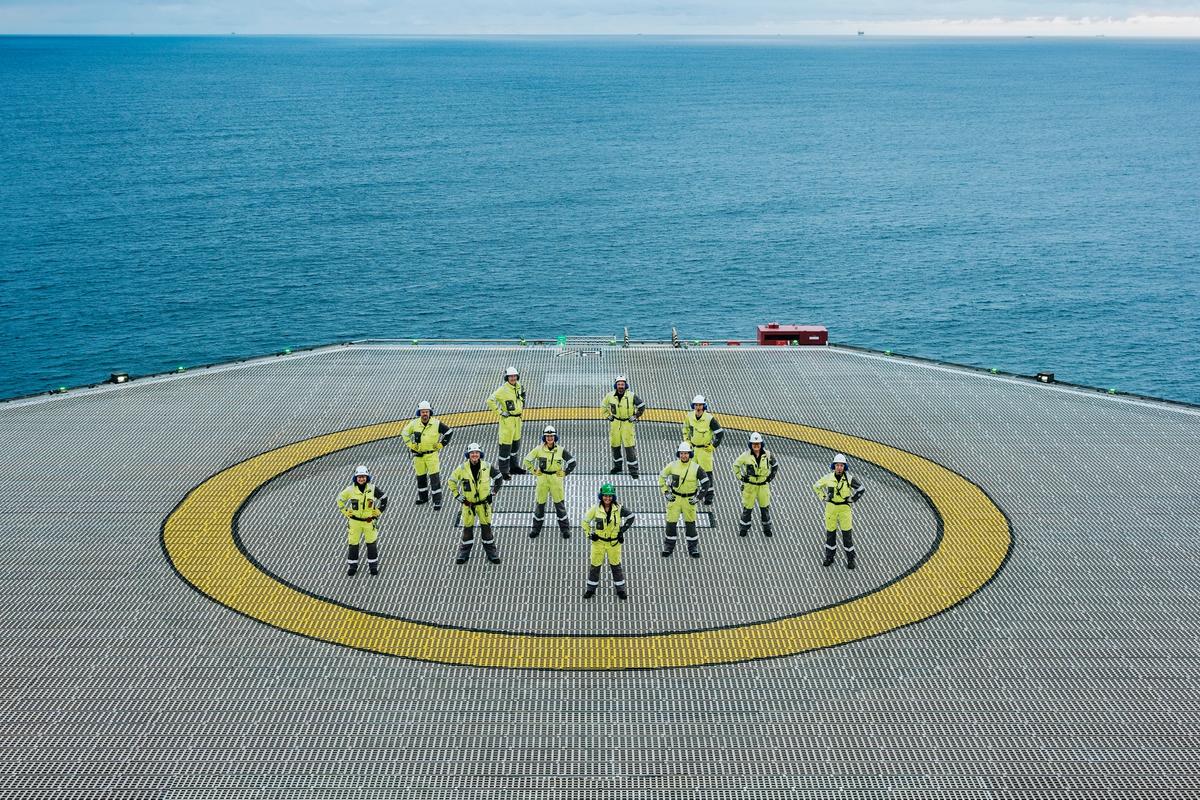Meet the team of data scientists working on an exciting new fibre-optic technology that’s processing big data from our wells. It’s not just the oil that’s valuable – the data is pure gold too.
The Fibra Frontier
Did you know Equinor has one of the fastest computing clusters in all of Europe? 40 servers process data from fibre optic cables in our wells and have already helped us save millions of NOK – and they’re only getting started.
Today, we’re boldly going where few have gone before us; into the depths below. As oil and gas finds its way from the reservoirs below Johan Sverdrup and onto shore at Kårstø, so does a vast amount of data.
“How?” you ask? By installing fibre optic cables along our wells. On top of the well sits an interrogator; a machine that sends laser pulses down the fibre, and when this laser bounces back it creates what’s called a back reflection. That’s when Fibra kicks in; helping us process these back reflections into useable data.
You might be asking yourself “how is that anything special?” and the answer is the sheer amount of data and the speed it’s gathered at. It's equivalent to constantly streaming 10,000 Netflix movies.











